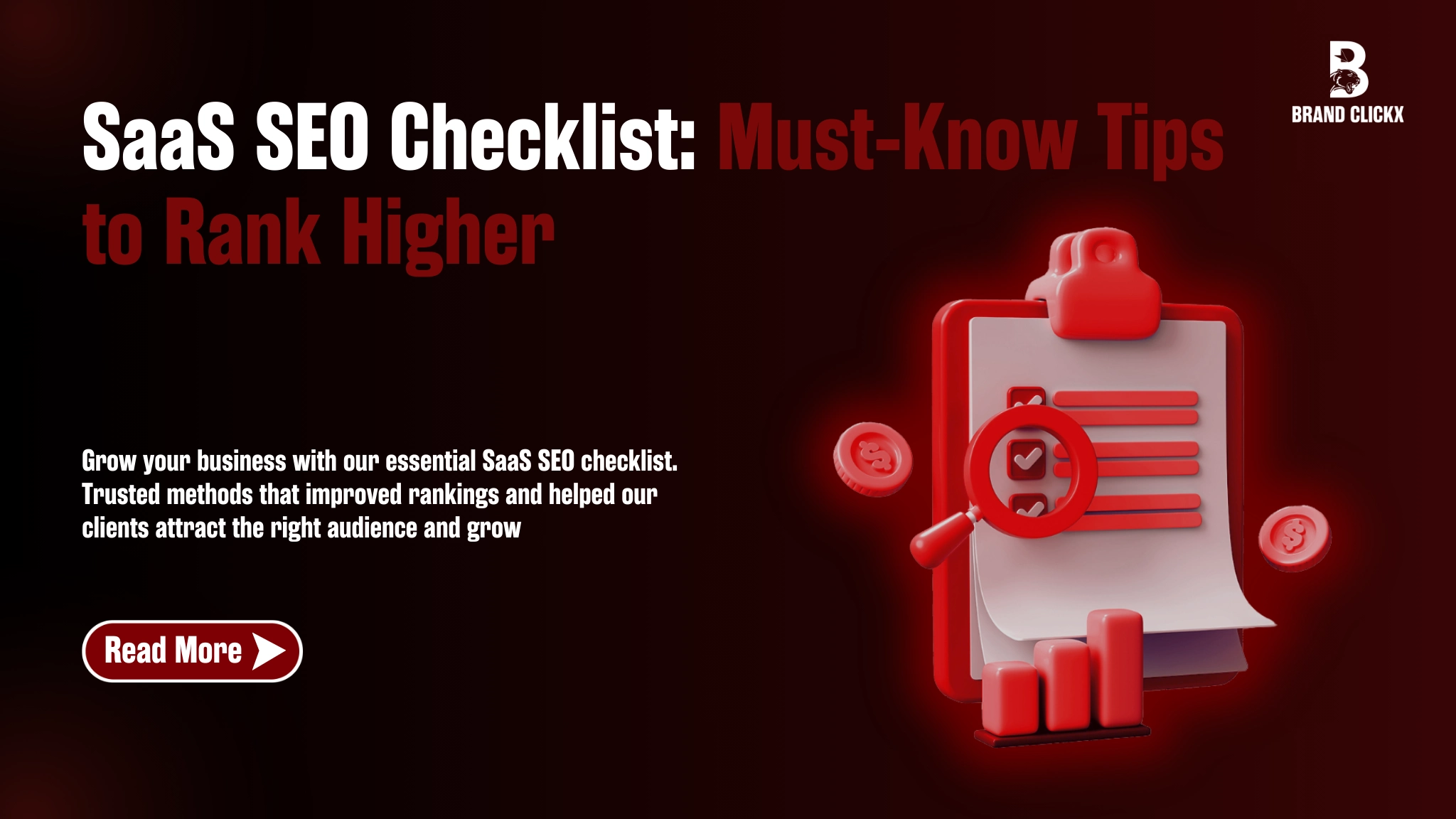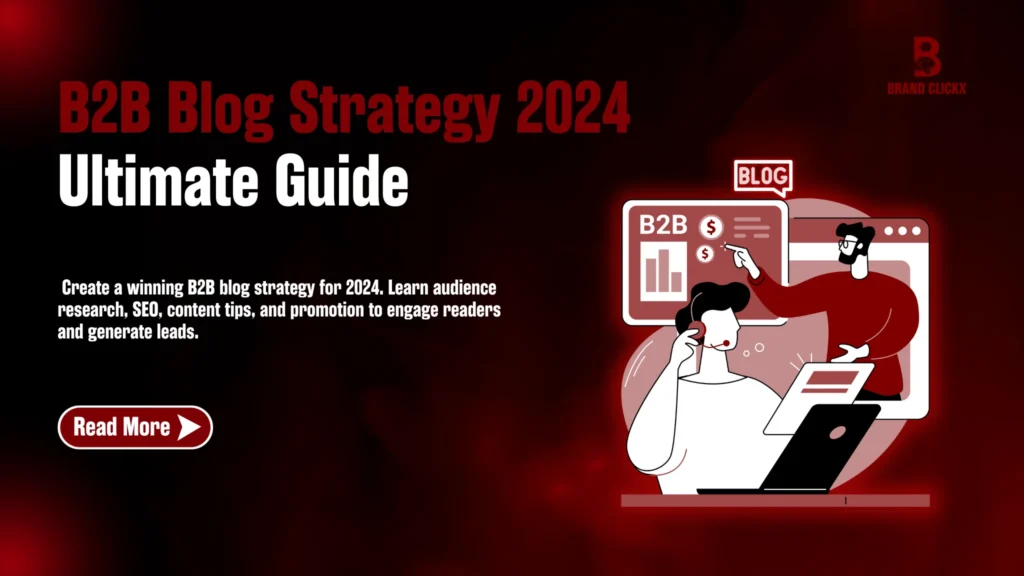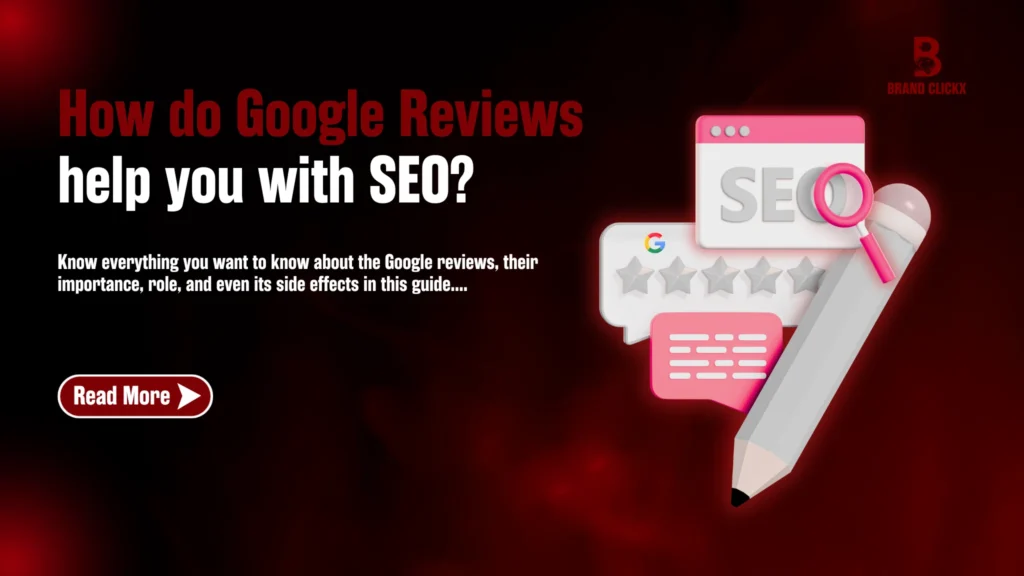If you’re running a SaaS company, you’ve probably felt the pressure to “crack” SEO. Maybe you’ve published a few blogs, optimized a couple of landing pages, and crossed your fingers, hoping traffic would follow.
But SaaS SEO isn’t just about showing up on Google. It’s about owning your niche, educating your market, and turning organic traffic into actual paying users.
However, between product updates, customer success, and growth experiments, SEO can easily slide down the priority list. But when it’s done, right? It’s a growth engine that keeps working—even while you sleep.
That’s why we created this no-fluff, results-driven SaaS SEO checklist. It’s the same process we use at Brand ClickX to help SaaS companies boost their visibility, outrank competitors, and convert visitors into trial users.
Start with Strong Technical SEO
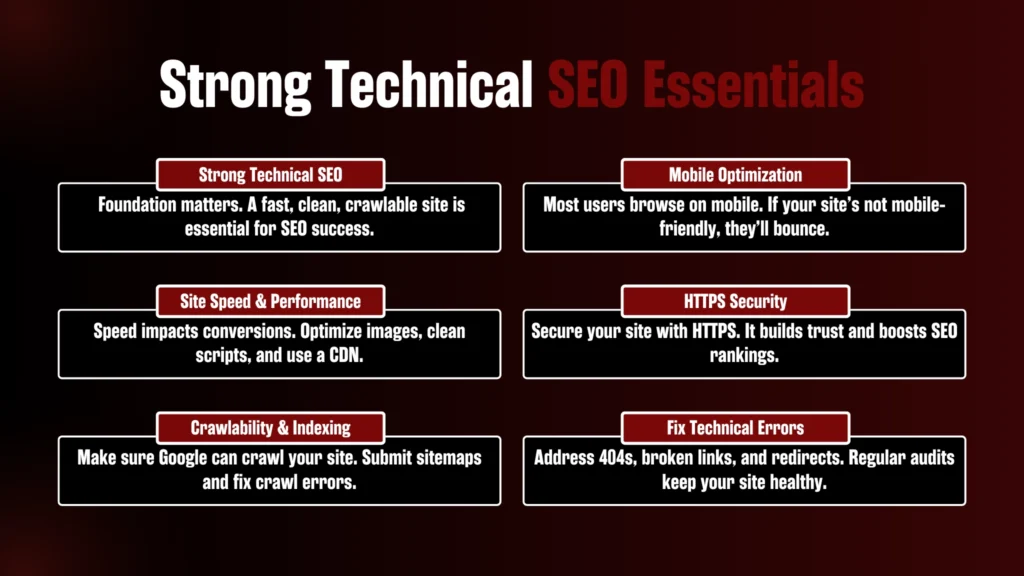
Before we discuss content, keywords, or backlinks, let’s talk about foundation. Because if your technical SEO isn’t solid, everything else is just window dressing on a crumbling building.
Search engines don’t just want great content—they want fast, clean, crawlable websites. And let’s be honest: your users do, too.
Prioritize Mobile Optimization
Most SaaS buyers aren’t researching tools on a desktop at 9 a.m.; they’re on their phones, juggling tabs between Slack, emails, and that product their coworker just mentioned.
If your site isn’t mobile-optimized, they’ll bounce faster than your loading time. Google knows this, which is why mobile-friendliness is a ranking factor.

Source
Read Blog Post: Web development for mobile devices: The Ultimate Guide
Improve Site Speed and Performance
Every second your site takes to load costs you leads. Not maybe. Not eventually. Immediately. Optimize your images, use modern formats like WebP, clean up unused scripts, and get your hosting in shape. Bonus points for using a CDN to serve assets closer to your users.
Related Blog Posts:
- 20 Strategies to Improve Website Speed and Performance in 2025
- 7 Best Plugins to Use for Website Speed in 2025
- 10 Proven Ways to Increase WordPress Website Speed
Ensure Secure Browsing with HTTPS
Security isn’t just for ecomm or banking. If you’re asking people to sign up, start a free trial, or share their email, you’d better show up with that padlock. Plus, Google’s been favoring HTTPS for years—no SSL, no love.

Optimize Crawlability and Indexing
You can write the best SaaS content in the world, but if Google can’t crawl it? It’s invisible. Submit your XML sitemap through Google Search Console. Make sure your robots.txt file isn’t blocking important pages. Keep your internal linking structure clean and logical—no orphan pages, no dead ends.
Identify and Fix Technical Errors
404s, broken links, redirect chains—they’re more than just bad UX. They’re signals to search engines that your site might be neglected. Run regular audits with tools like Ahrefs or Screaming Frog and patch things up.
Develop a Strategic Keyword Research Process
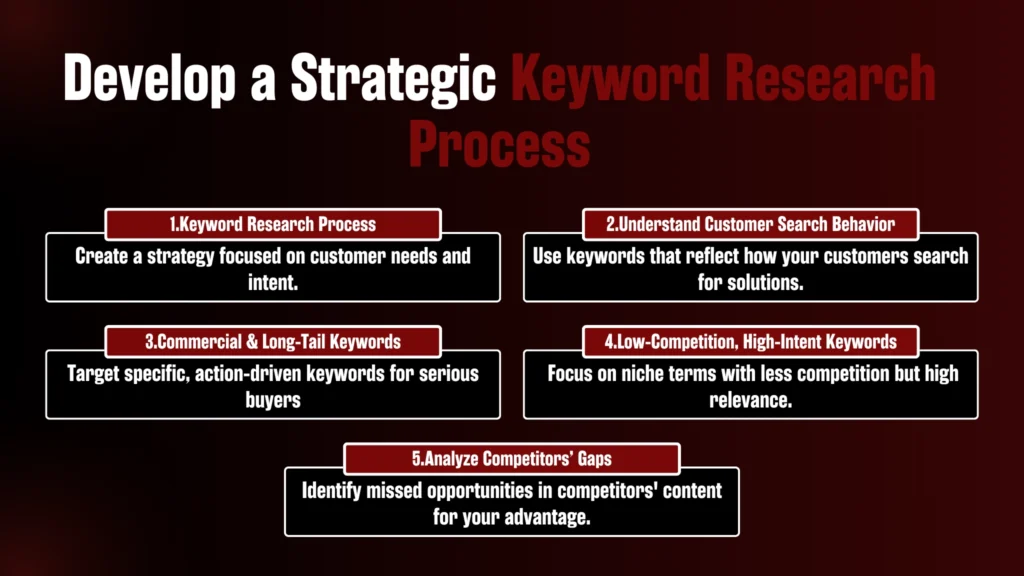
Understand What Your Customers Are Searching For
Before you even think about keywords, get clear on what your customers actually care about. What are they stuck on?
The solutions they’re hunting for and how they might describe your product, especially if they’ve never heard of it before. Your keywords should speak their language, not yours.
Focus on Commercial and Long-Tail Keywords
Broad keywords might bring in traffic, but they rarely bring the right kind. Instead, aim for specific phrases that show someone is ready to take action.
These are usually longer searches like “accounting software for freelancers” or “best CRM for real estate teams.” They may not have a massive search volume, but they often attract serious buyers.
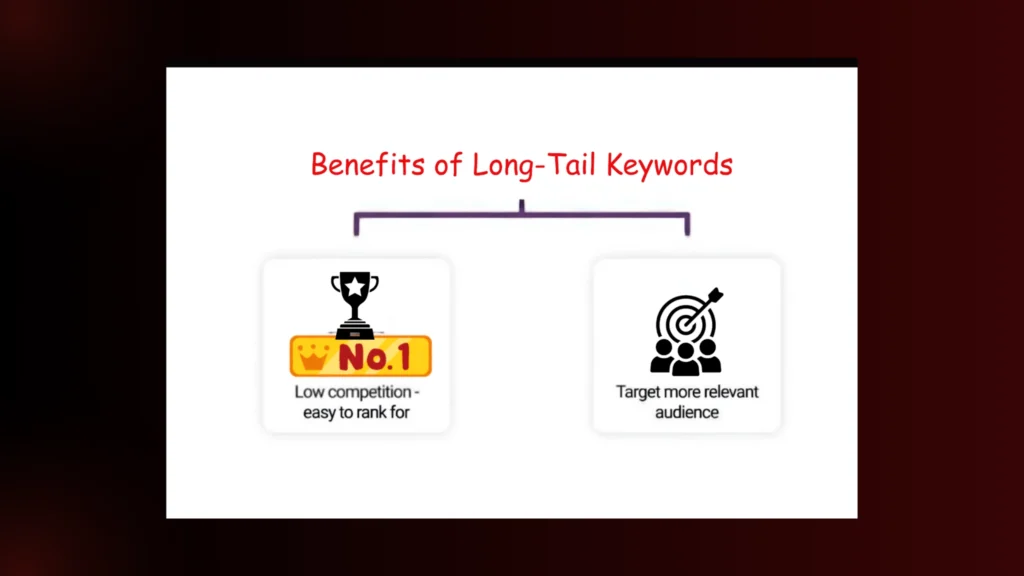
Look for Low-Competition, High-Intent Phrases
Some keywords are just too competitive to be worth chasing—especially early on. Focus on finding opportunities where you can realistically rank.
These are often niche phrases that match your product perfectly. The sweet spot is a term that’s highly relevant to what you offer but not flooded with big-budget competition.
Read More: Niche Keyword Research for Low-Competition Keywords in 2025
Study What Your Competitors Are Targeting—and Missing
Take a close look at what others in your space are doing. Which topics are they covering? What questions are they answering?
Then ask yourself: where are the gaps? If there’s a topic they haven’t explained well—or a customer pain point they’ve ignored—you’ve just found your next opportunity.
Optimize Key SaaS Pages
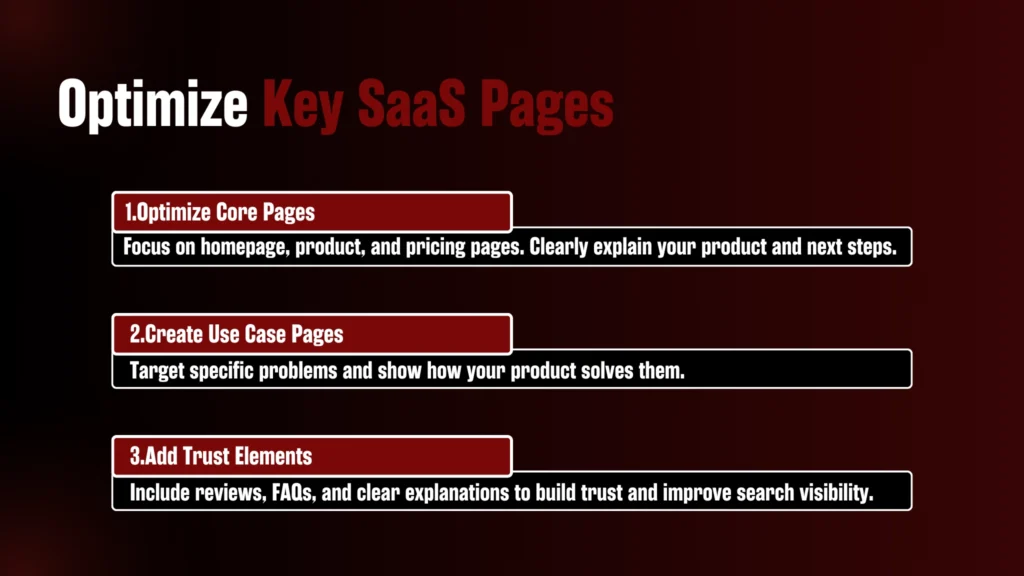
Start with Your Core Pages
Your homepage, product pages, and pricing page matter more than anything else. These are usually the first pages people visit, and they often decide right away whether to stick around.
Make sure each one clearly explains what your product does, who it’s for, and how someone can take the next step.
Create Pages That Match Real Use Cases
If your product solves different problems or is used by different types of teams, give each one its own page.
Talk about specific situations your customers face and show how your product fits in. It’s not about listing features—it’s about showing how they’re actually useful.
Add Details That Help People Decide
Reviews, FAQs, and simple explanations go a long way. They answer common questions and make it easier for people to trust what they’re seeing.
These little touches can also help your site appear more clearly in search results, which means more clicks and better visibility over time.
Create SEO-Driven Content That Converts
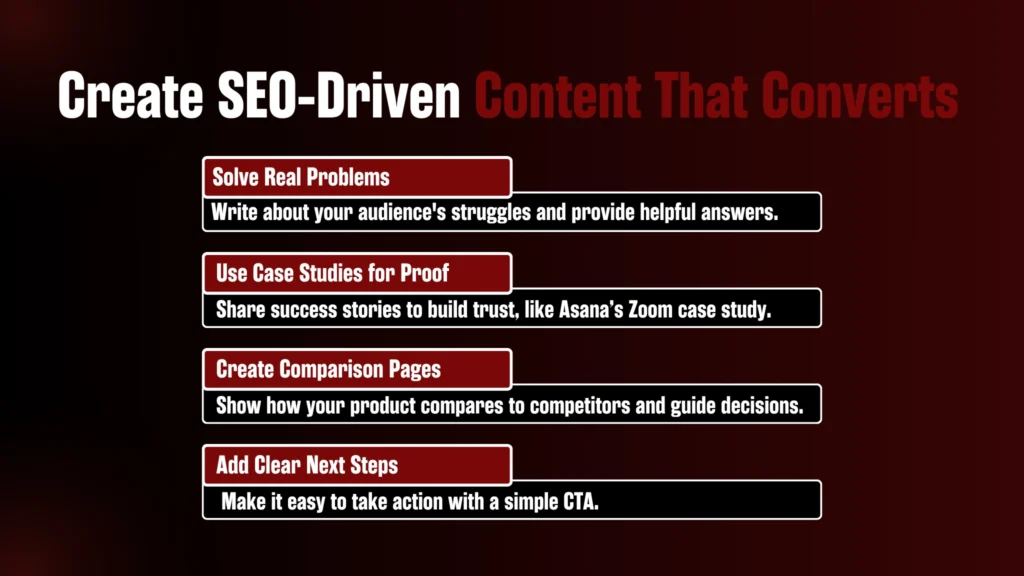
Write About Real Problems Your Audience Faces
Blog posts shouldn’t just be written for search engines—they should help people. Focus on topics your ideal customers care about. What are they struggling with? What questions do they ask before they find your product? Answer those directly, and be as helpful as you can. This kind of content attracts the right people and builds trust. That’s what helps your site show up in search.
Show Proof Through Case Studies
If you’ve helped real customers solve real problems, talk about it. Case studies are one of the best ways to build credibility.
Keep them focused—what was the challenge, what did your product do, and what happened as a result? Even one or two strong stories can make a big impact.
For example:
Asana’s case study with Zoom shows how Asana helped Zoom save 133 work weeks a year by streamlining tasks and automating processes.
This win highlights Asana’s ability to support growth, giving potential customers confidence, knowing even Zoom relies on it.
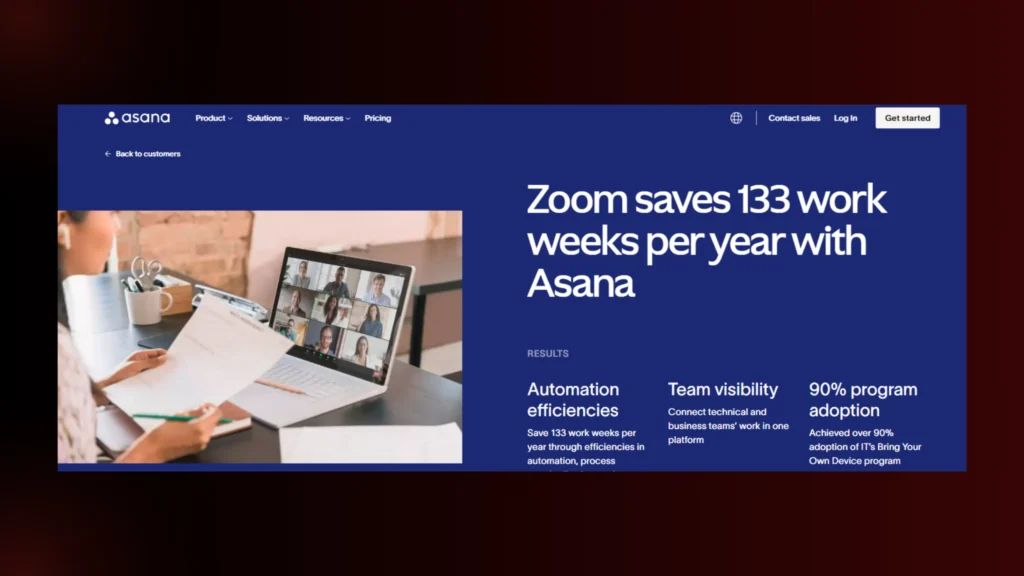
Build Honest Comparison Pages
Chances are, your potential customers are comparing you to other tools. Make that easy for them. Create pages that break down how your product stacks up against well-known competitors.
Keep it honest—call out where you shine, and be upfront about the differences. These pages can bring in people who are already close to making a decision.
Include a Simple Next Step
Once someone reads your content, don’t make them guess what to do next. Add a short line or a button that invites them to start a trial, book a demo, or get in touch. Keep it low pressure, but make it easy.
Get High-Quality Backlinks
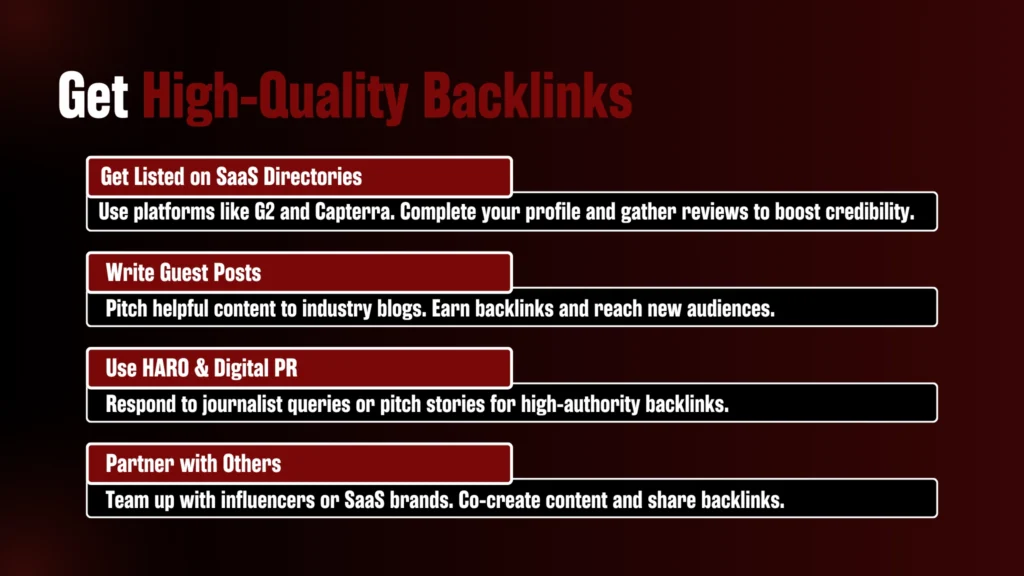
Backlinks tell Google your website is trustworthy and worth ranking. But it’s not just about getting a ton of backlinks. What matters is the quality of those links. Here’s how you can get quality backlinks:
Get Listed on SaaS Directories
Try SaaS directories like G2 and Capterra. These have high authority so when you’re listed there it gives your site a nice boost in search rankings.
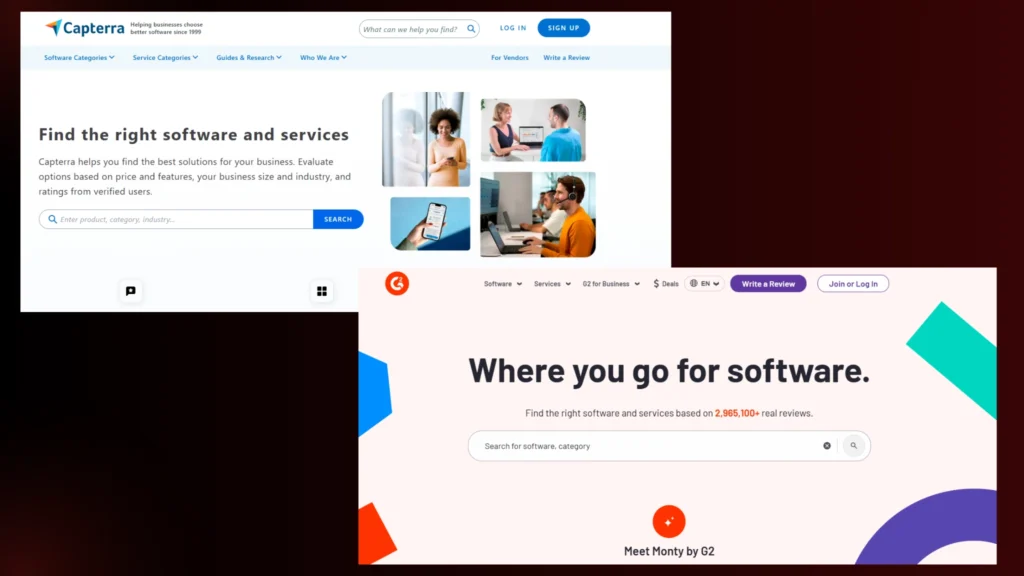
But don’t just create a listing and leave it—fill out your profile, add some good keywords and encourage happy customers to leave reviews. It’s a quick win for visibility and credibility.
Write Guest Posts on Other Blogs
Guest posting helps you get backlinks and reach new audiences. Find blogs in your field and offer helpful content.
Focus on solving problems or answering questions. You’ll gain backlinks and build valuable connections.
Use HARO or Digital PR
HARO connects you with journalists seeking expert quotes. Help them, and you may get quoted in an article with a backlink. Digital PR works similarly—pitch newsworthy stories to journalists for backlinks from trusted sites.
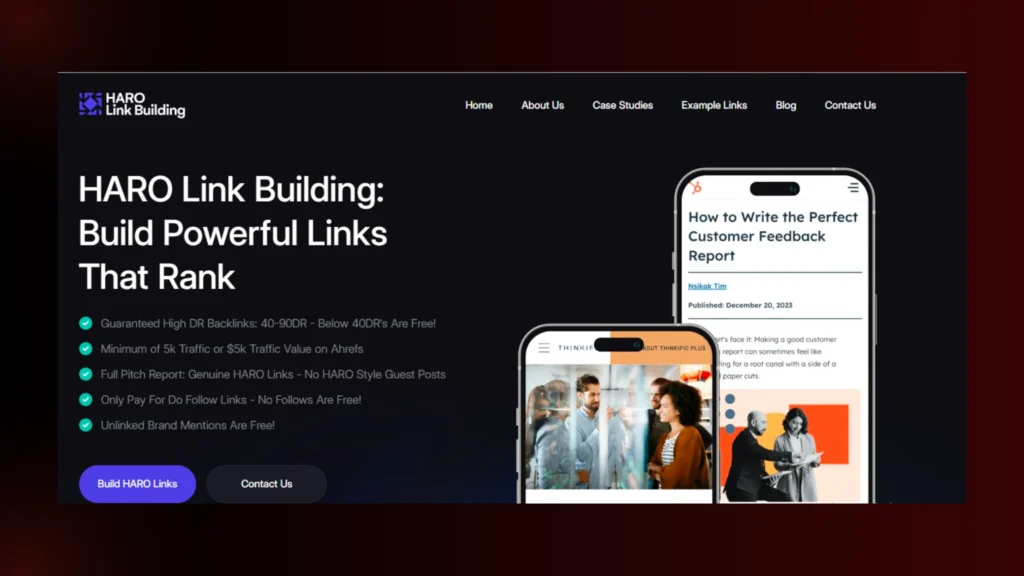
Partner with Influencers or Other SaaS Companies
Collaborate with influencers or SaaS brands to earn backlinks. Co-host webinars, write joint posts, or cross-promote content. These partnerships help you gain backlinks and reach new audiences.
FAQs
1. How to do SEO for SaaS?
To get your SaaS site ranking higher, focus on these key areas:
- Research relevant keywords.
- Optimize your site’s content.
- Speed up your website.
- Build quality backlinks.
- Use content marketing to reach your audience.
2. What are the 4 P’s of SEO?
The 4 P’s of SEO are essential for refining your strategy. These are:
- Product: Know what your customers need.
- Price: Set a competitive price.
- Place: Choose the right platforms to promote.
- Promotion: Make sure search engines can find you.
3. What is the SEO checklist?
Here’s a quick SEO checklist to keep you on track:
- Do keyword research.
- Optimize on-page elements (titles, headers, etc.).
- Improve technical SEO (site speed, mobile-friendliness).
- Create valuable content.
- Build backlinks.
- Track your performance.
4. How to find keywords for SaaS SEO?
Keyword research is crucial to reaching the right audience:
- Use tools like Google Keyword Planner, Ahrefs, or SEMrush.
- Look for terms your target audience is searching.
- Focus on long-tail keywords for better targeting.
Read Blog Posts:
- SaaS Website Best Practices: Essential Tips That Really Work
- Top 10 SaaS SEO Tools to Grow Your Organic Traffic in 2025
Final Thoughts
SaaS SEO is all about what matters the most: getting found by the right people, offering valuable content and building trust with search engines.
By following the steps above—keyword research, content optimisation and building solid backlinks—you’re setting your SaaS business up for success.
Are you still feeling overwhelmed and not sure how to get the desired results? Brand ClickX can help. We specialise in data-driven SEO strategies that deliver real results.
Get in touch today to find out how we can help your SaaS business grow online!

